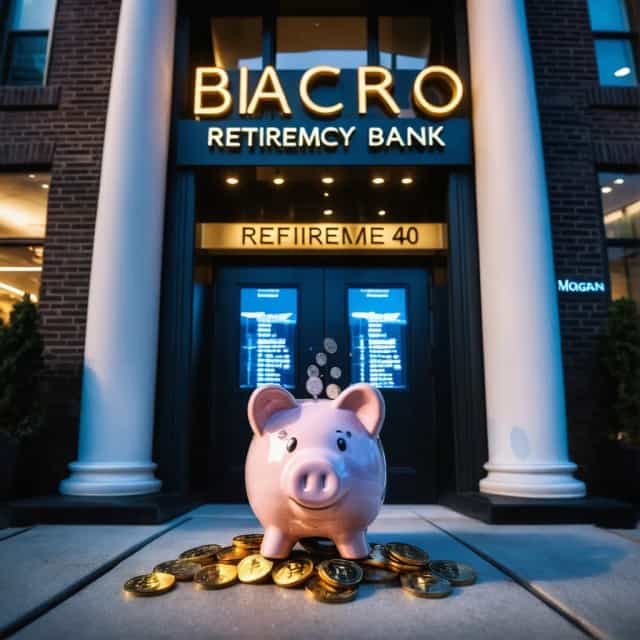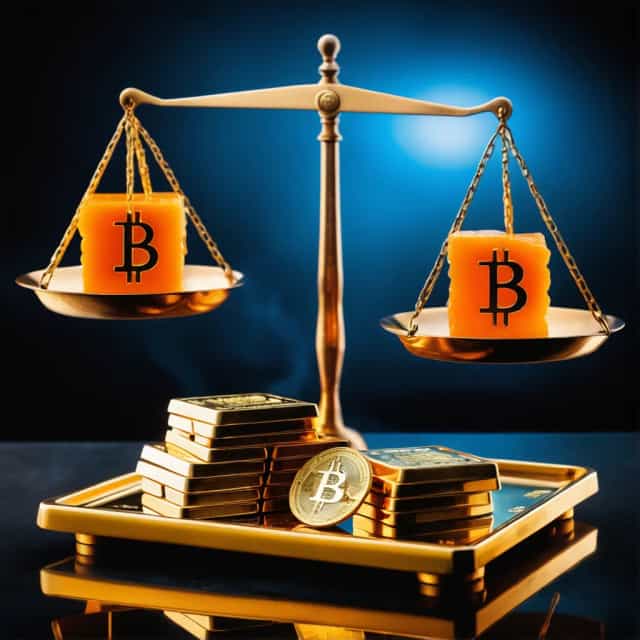
출처: Block Media
Gold Prices Breach $4,000, Silver Exceeds $50: Precious Metals Shine Amid Economic Uncertainty
Gold prices have surpassed the $4,000 per ounce threshold, while silver has climbed above $50, marking a significant resurgence in the precious metals market. These sharp movements reflect shifting economic dynamics and a growing erosion of trust in fiat currencies. Investors and institutions alike are turning to these age-old stores of value as financial uncertainty looms.
Gold: A Symbol of Declining Trust in Fiat Currencies
A new trend, dubbed "debasement trading," is taking root, spurred by declining faith in traditional currencies. According to a Bloomberg report on October 11, gold is no longer viewed merely as a safe-haven asset during times of crisis. Instead, it has emerged as an emblem of skepticism toward the stability of fiat currencies. Investors are increasingly reallocating their capital to alternative assets, including gold and Bitcoin (BTC), to hedge against monetary debasement.
Emerging Economies and Central Banks Drive Demand
The recent surge in gold prices has been fueled by substantial acquisitions from central banks worldwide. Many financial institutions, particularly in emerging markets, are shifting strategies following the freezing of Russian reserves in recent years. By bolstering their gold reserves, these nations aim to reduce reliance on the U.S. dollar and strengthen their financial independence.
Gold is becoming a preferred asset for countries with partial mistrust of the United States, valued for its neutrality and intrinsic reliability. As a Bloomberg columnist, Merryn Somerset Webb, explained in her "Merryn Talks Money" series, the rise of gold signifies more than market speculation—it's indicative of deeper structural shifts in the global economy. By holding gold, central banks are taking significant steps toward a redefined financial landscape.
Gold's Timeless Intrigue: Science and Symbolism
Beyond its utility as a geopolitical hedge, gold's scientific and intrinsic allure captivates investors. Dominic Frisby, British author of the book Secret History of Gold, emphasized the extraordinary, almost cosmic, origins of the precious metal. "Gold was formed in cataclysmic stellar explosions predating the solar system," Frisby noted, illustrating the timeless and universal nature that gold symbolizes. He pointed out, for instance, that a simple gold ring predates the formation of Earth itself—a detail that solidifies gold’s role as both a tangible and revered commodity.
This enduring narrative, coupled with its scarcity and historical role as a store of value, continues to drive interest among a wide spectrum of investors.
The Role of Fear and FOMO in Individual Investments
Fueling the precious metals rally, individual investors have turned to gold in droves. Physical gold purchases and gold-linked exchange-traded funds (ETFs) are both increasing, with many individuals racing to secure real-value assets amid a turbulent global economic environment. While some analysts attribute this behavior to "FOMO" (fear of missing out), others interpret it as a prudent strategy to safeguard wealth in times of uncertainty.
For those interested in alternative opportunities, Bloomberg noted that gold mining stocks remain undervalued despite the recent excitement. The MSCI Gold Miners Index, for example, has a price-to-earnings ratio (P/E) of approximately 13—an appealing valuation suggesting room for growth and profitability for investors.
Is Gold Overheated? Not Yet, Analysts Say
Despite its meteoric rise, analysts maintain that gold prices have yet to reach overheated or unsustainable levels. Merryn Somerset Webb emphasized that gold's modest position within the global market highlights its relatively untapped potential. Gold ETFs currently account for just 2.9% of global market capitalization, less than half the valuation of semiconductor giant Nvidia. These figures suggest that gold may still hold considerable upside potential, particularly in light of its expanding role as a hedge against economic instability.
Outlook: Factors Supporting Gold’s Ongoing Strength
Several factors paint an optimistic picture for gold’s continued growth. Mounting U.S. debt, persistent geopolitical uncertainties, and the ongoing depreciation of fiat currencies are all key influences bolstering gold’s position as the "eternal asset." With its intrinsic scarcity, historical value, and lack of credit risk, gold remains unmatched as a financial safe haven.
These same trends support silver’s resurgence, with its role as both a precious metal and an industrial resource amplifying its appeal in a changing market environment. Together, gold and silver are reclaiming their historic positions as cornerstone assets in times of economic upheaval.
Conclusion: Return to Financial Fundamentals
The unprecedented rise in demand for gold underscores a return to financial fundamentals as individuals and nations alike seek stability in a volatile world. Amid the broader uncertainty surrounding global markets, gold’s status as a bedrock of economic security is not only reaffirmed but also strengthened. With systemic shifts underway, the yellow metal is poised to maintain its prominence as both a store of value and a hedge against the challenges of the modern financial era.










